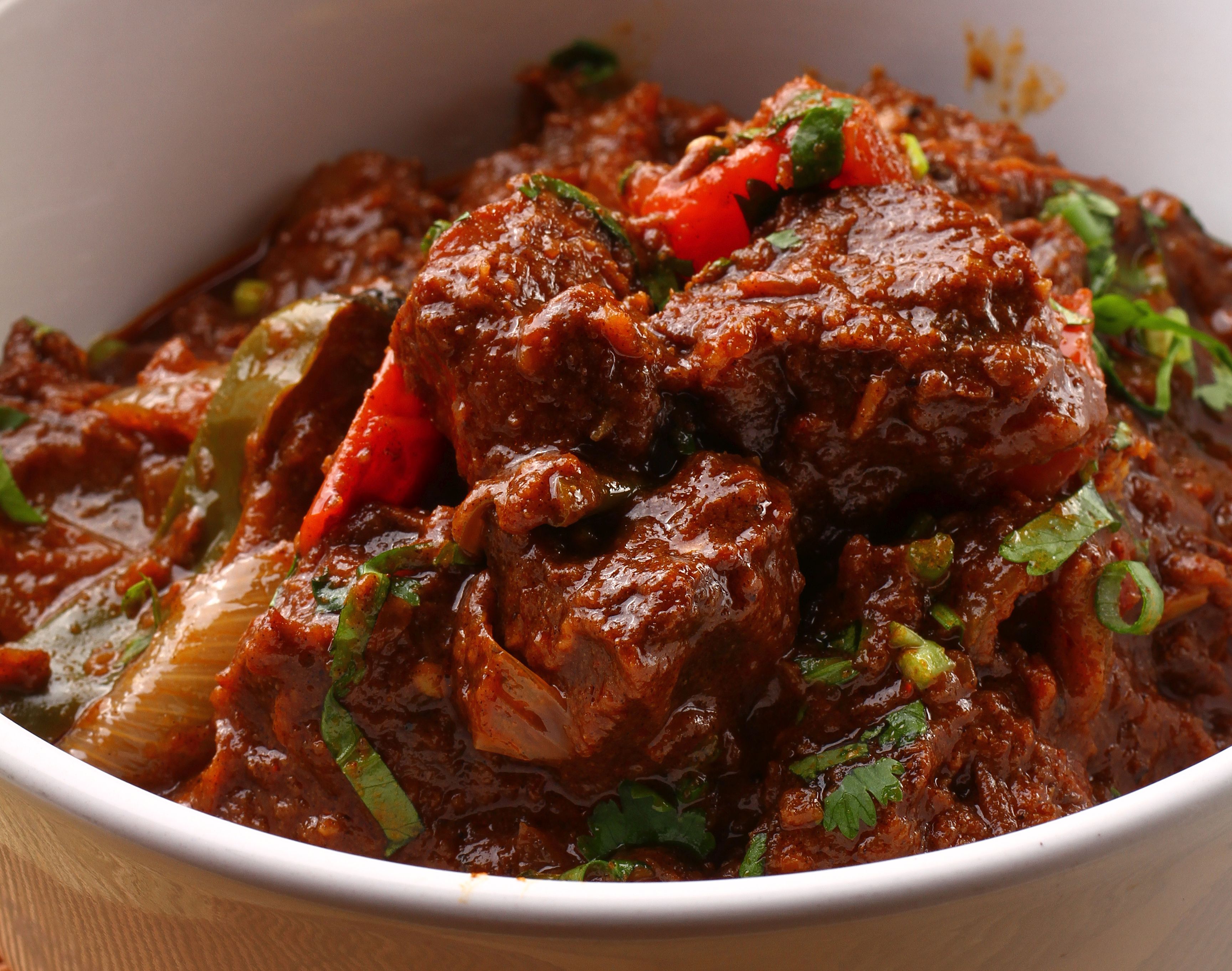WHETHER you are a working professional, student or full-time parent, the one thing most of us (if not all) have in common is that we crave our caffeine fixes. The aroma of freshly brewed coffee is better than any alarm clock to get us out of bed.
Malaysia’s food and beverage industry has been very obliging to our cravings, with many cozy cafes sprouting up around the nation.
Coffee and cafe consultant and barista trainer at Coffee Good Golly Miss Molly, Amin Gz says, “Three years ago, when I was just starting out, there were very few cafes in the Klang Valley and limited baristas but now there are more than 200 cafes and a lot more baristas.”
But how did we get to this stage? Here are some fun facts about the coffee scene as we know it today.
1. The evolution of the coffee scene
The global coffee scene has come a long way. Starting from the first wave, where just hot water and cream were added to ground coffee without the assistance of machines, it evolved into the second wave, which took the form of coffee chains that started using machines and saw the addition of milk to coffee to create the well-known latte.
A few years ago, we entered what can probably be coined as the ‘golden era’ of coffee – the third wave.
Third-wave coffee believes in keeping flavours au natural. This is why third wave coffees do not contain any added flavours such as syrup.
Under the third wave, strict attention has to be paid to each step of the coffee-making process – from growing the coffee beans, processing, storing, roasting and brewing them.
One wrong move during one of these steps can result in a vastly different taste and can even spoil the taste of the coffee. The processing of beans alone constitutes various steps such as washing, cleaning and drying. So you can imagine the numerous things that can go wrong.
However, coffee beans aside, there is one part of the third wave coffee-making process that is the most important – the skills of the barista. And that part, explains Amin, is what defines a good or bad coffee.
2. Arabica beans
Third wave coffee uses Arabica beans, which need to be grown in cold weather and high altitudes (several thousand meters above sea level) as opposed to robusta coffee (traditionally used by your neighbourhood coffee houses), where the beans can be grown anywhere.
Ethiopia was the first country to produce Arabica beans, but Brazil is currently the largest producer of these beans. In fact, most Arabica beans come from Central and South America, followed by Africa and Indonesia.
Different from second wave coffee that uses Arabica beans as well, third wave coffee uses medium-roasted coffee beans, while the second wave uses dark-roasted.
3. Two ways to brew coffee
There are two ways to brew coffee – using an espresso-based machine or, in the latest fashion, hand-brewed.
Hand-brewed coffee is smoother on the taste buds, with a lighter texture that easily glides down your throat.
Machine-based espresso, in the meantime, has a slightly thicker texture, where all the flavours hit you at once.
For hand-brewed coffee, every sip gives you a different taste and is meant to be drank as is – black – to appreciate the smooth taste and texture that displays the barista’s skills and finesse.
One cup of hand-brewed coffee can take up to five minutes to make while an espresso-based machine can churn out five cups of espresso in the time that it takes to make one hand-brewed coffee.
Just as we have latte, cappuccino, and others, hand-brewed coffee also has its variations, namely in the method of brewing. For example, there’s aeropress, v60, and cold brew (where the coffee is mixed with ice or cold water and refrigerated. It can take up to three days to make a cold brew).
4. Espresso is the base
Espresso brewed from the machine makes up the base of all coffees.
Short black = espresso
Macchiato = espresso + foam
Latte = espresso + milk
Piccolo = espresso + milk + very little foam (a mini version of latte)
Cappuccino = espresso + milk + more foam (latte + more foam)
Flat white = espresso + milk + less foam (latte + less foam)
Mocha = espresso + chocolate + milk
So now that you know all these facts as well as the many coffee variations in theory, the next time you step into a café that specialises in coffee, order something different and impress the barista with your vast knowledge of coffee.
Special thanks to the folks at Coffee Good Golly Miss Molly (GGMM) for sharing their expertise. GGMM is located at Unit G005, Ground Floor, Millennium Square, Dataran Millennium PJ, Jalan 14/1, 46100 Petaling Jaya.
Payal Sadhwani is a PR consultant who has a passion for food and writing.





